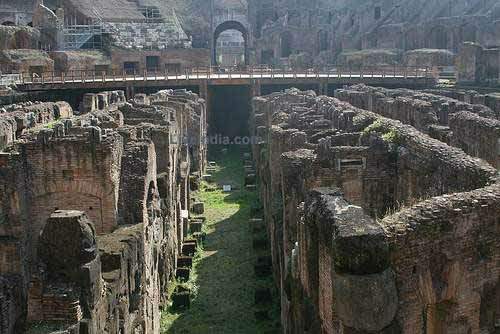
The Ravana Palace which was burnt by Hanuman |
|
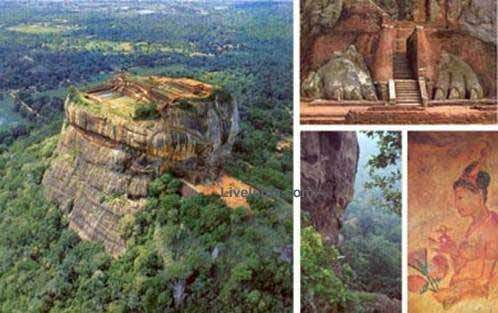
Sugriva Cave |
|
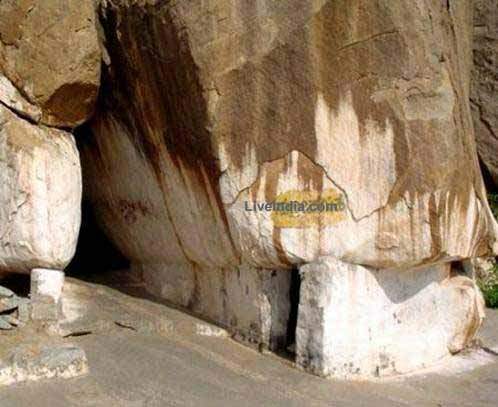 |
|
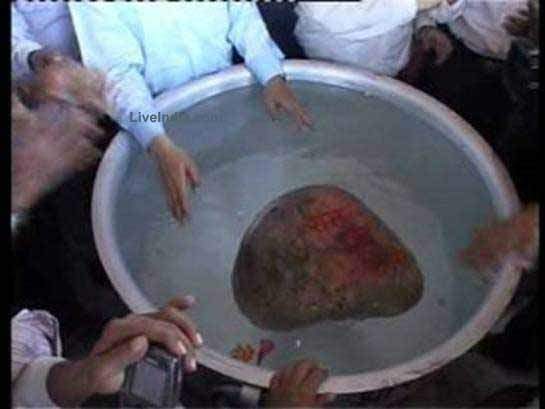
Floating Stone from Ramsethu(bridge made by lord Rama and Vanara sena) |
|

Ashok vatika where Ravana kept Sita |
|
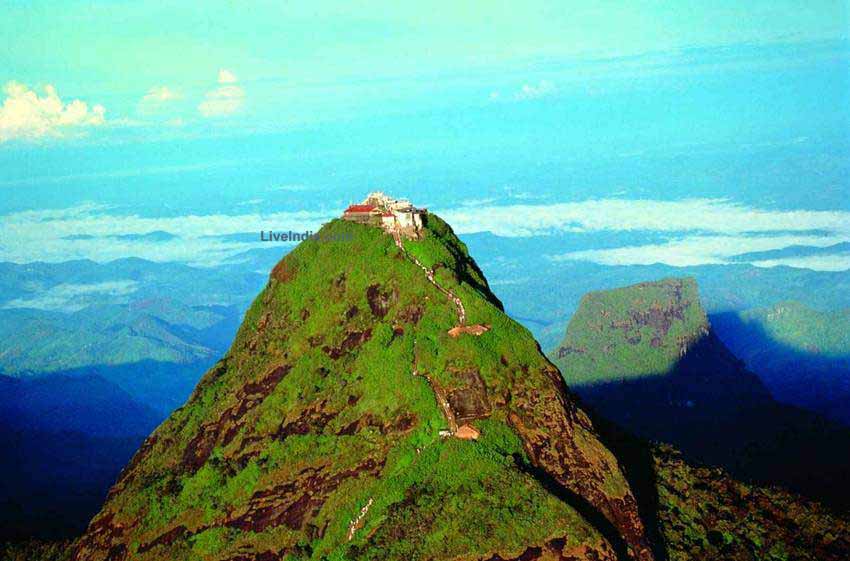 |
|
| The Sri Lankan tourism
promotion bureau must have been watching very closely when the Setusamudram
Project rocked Parliament last year. Their attempt to cash in on the Ramayana
craze in India seems to have hit jackpot.
Ever since the launch
in January of the ‘Sri Lanka’s Ramayana Trail’ — a religious/ spiritual
tourism venture by Lanka — tour operators have been flooded with enquiries
from India.
“A swami from north India is bringing 400 of his students to go on the trail. An Andhra Pradesh tour operator has come and checked out the trail. We have already had batches of 50, 60, and 120 visitors from India,” said Asoka Perera, South Asia spokesperson for Sri Lanka Tourism. He is in Delhi to take part in the South Asia Travel and Tourism Exchange. The trail, that can be anything between one and three weeks, comprises a maximum of 25 locations spread across central and western Sri Lanka. “The objective of this venture is to create fellowship with other communities so that there can be some relief from the ethnic strife,” said Perera. Among the attractions is the Ravana Cave at Ella, 220 km from the capital Colombo. According to legend it served as a quick means of transport through the hills for Ravana. Even a research study called Following the Trail of Ramayana in Sri Lanka is underway. “The study is based on the compilation of research conducted by academicians from India and Sri Lanka over the years. We are a team of six active members, including three Indians,” said T.Y. Sunderasan, director of the study. But historians say such efforts must be condemned. “As far as historicity is concerned, these claims are unverifiable. As we know from the Ram Setu controversy, literal reading of the epic is problematic. In archeological terms, it is very difficult to verify. We as historians and scholars should condemn such efforts that give legitimacy to artificial geography,” said R Mahalakshmi, assistant professor, Centre for Historical Studies at JNU. DN Jha retired professor of history from Delhi University and author of the controversial book The Myth of the Holy Cow attributes the success of the venture to ‘mythomania’. “I think this is bizarre. This is what we can call ‘mythomania’. It is a myth that we have already exposed here. One needs to ask if these researchers have studied Sanskrit, have they read all the different versions of Ramayana — there are over 300 of them.” |
Thursday, 30 August 2012
Miracles & Mysteries - Proof of Ramayana in Sri Lanka
Labels:
Mysterious Places
Subscribe to:
Post Comments (Atom)




No comments:
Post a Comment